$200.00 – $250.00
We regret to inform you that we are currently unable to post pricing for Phonak products on our website due to the manufacturer’s guidelines. We apologize for any inconvenience this lack of transparency may cause. We understand the importance of having access to clear and straightforward information when making decisions about your hearing health. Please know that we are committed to providing you with the best possible service and support. If you have any questions or need pricing information, please do not hesitate to contact us directly. We appreciate your understanding and patience.
-
Have no fear, we offer hassle-free repairs! Just send us your hearing aid and we will inspect, diagnose, and repair your hearing aid.
Please note this is a warranty guaranteed by us, Hears Hearing & Hearables. It is NOT a manufacturer’s warranty.
If you have any questions about this service, please contact us and we will be happy to help 🙂 Or check out our FAQ page for easy answers!
| Choose your option | Repair + 12 Month Warranty, Repair + 6 Month Warranty |
|---|
We want our mail-in hearing aid repair services to be as convenient and hassle-free as possible! You can read our blog more about it here.
Once you have purchased this repair package you can send your hearing aids to our repair lab at:
Hears Hearing & Hearables
11 10th Ave S., Suite
Hopkins, MN 55343
It is also helpful to reach out to us via email to let us know the issues you are having with your hearing aid(s). Or please include a note in your package that details the issues you would like fixed. This helps us make the fix correctly and quickly! Please indicate the brand of hearing aid.
We suggest sending your hearing aids in a crush-proof case or box to make sure they ship safely. It is also a good idea to include some insurance on your package as well!
We want repairing your hearing aid to be as easy as possible! That’s why we offer both in-person/office repairs and mail-in repair options 🙂
We know that life can get busy, and sometimes it’s not feasible to drop by in person for hearing aid repairs. That’s why we’ve designed a convenient mail-in service that allows you to get your hearing aids serviced without leaving the comfort of your home.
We can even send you some parts as we have those available for you. Whether you’re facing hearing aid issues with volume control, sound quality, noise, static, a dead hearing aid or any other aspect of your hearing aids, our skilled hearing healthcare providers are here to help.
Every once in a while there will be an issue that we are unable to resolve. The device may also be too old and parts aren’t readiable. If that is the case and we cannot get them working properly, we will notify you immediately and offer you a couple options. We can try and figure out an alternative solution perhaps with consignment hearing aids. Or we will send your hearing aids back to you and refund part of your repair order.
Consignment hearing aids are available for resale at affordable prices. While they usually don’t come with warranties, we do offer the option to purchase a warranty from us, our repair lab, to ensure your peace of mind.
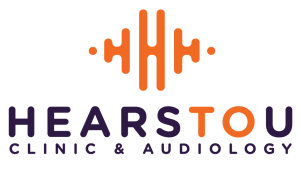
Enhancing Hearing Health: A Comprehensive Guide to Get What You Need! People with hearing loss should consider getting hearing aids as they can significantly enhance their quality of life and ...
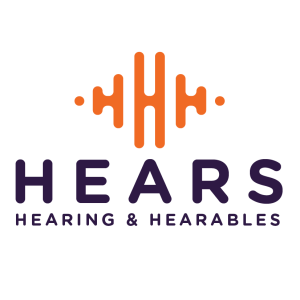
Dear Fellow Audiologists, As professionals dedicated to improving the lives of those with hearing loss, we take great pride in our work and the trust our patients place in us. ...

Dear Friends of Hears to U and Hearing & Hearables, I hope this message finds you well. At Hears Hearing & Hearables, we’re proud to serve as more than just ...

The Case for Online Support for Hearing Aid Accessories and Hearing Solutions For People with Hearing Loss; Hears Hearing & Hearables Offers a New Delivery Model In the ever-evolving landscape ...
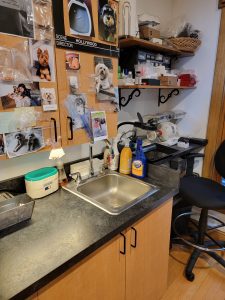
Navigating Hearing Aid Repairs with Hears Hearing & Hearables At Hears Hearing & Hearables, we understand the importance of maintaining optimal hearing aid performance. Our commitment to excellent service includes ...
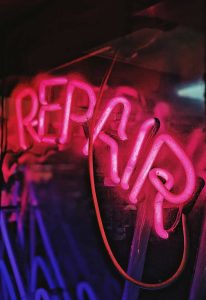
Hearing aid Repair and Parts: When it comes to maintaining your hearing aids, you deserve the best care and attention possible. At Hears Hearing & Hearables, we understand the importance ...

For affordable hearing aid repairs, you can bring your device into our office for a complete inspection and professional diagnosis. Our team will carefully assess the issue and let you ...
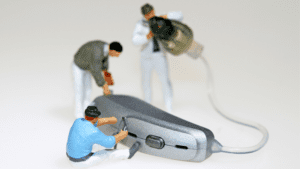
The world of online shopping continues to revolutionize the way we buy products and services. So why not include hearing aid repair as part of that revolution? From clothing to ...
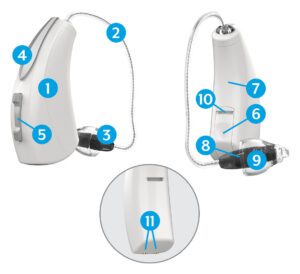
Happily wearing your hearing aid and trouble arises… It stops working. You’ve been wearing your hearing aids and enjoying the birds chirping, the bells ringing, and participating in conversations with ...

Transparency in Business: Making Your Hearing Health a Priority At Hears Hearing & Hearables, we’re all about providing you with the best, most transparent experience possible! When it comes to ...
Powered By SinglerDesign.com
At Hears Hearing & Hearables, our goal is to help you find the perfect solution for your hearing health needs. We are committed to your success ensuring the solution meets your specific needs and preferences.
Here are Three plus ways to reach out for support:
We are here to support you every step of the way!